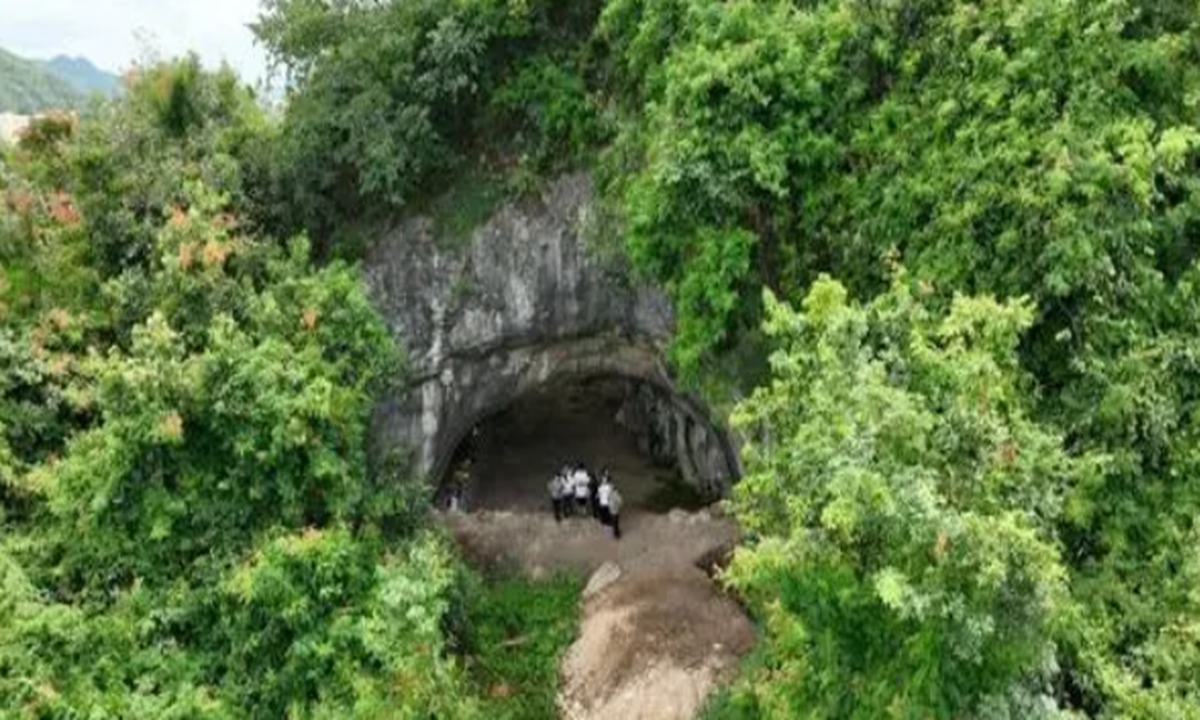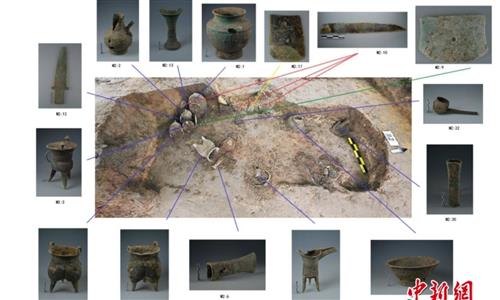
Chuan Dong site in Puding County, Southwest China's Guizhou Province Photo: Screenshot from website
A significant breakthrough has been achieved in the archaeological excavation of the Chuan Dong site in Puding County, Southwest China's Guizhou Province, pushing the history of human activity in the area back to 55,000 years ago, according to a report by the China News Service (CNS) on Monday.
According to the report, researchers have discovered new layers beneath the previously excavated strata after two years of excavations.
"Preliminary assessments suggest that the earliest human activities at the site date back to approximately 55,000 years ago, continuing until around 8,000 years ago, with the most intensive human activities occurring around 12,000 years ago," said Zhang Xinglong, deputy director of the Guizhou Provincial Cultural Relics and Archaeology Research Institute and leader of the excavation team.
"The latest dating data shows that the Chuan Dong site spans the middle and late stages of the Paleolithic era and the New Stone Age," Zhang added.
Located about 5 kilometers southwest of Puding County, the Chuan Dong site was first discovered in 1978. It underwent two previous archaeological excavations, during which over 10,000 artifacts, including stone tools, bone artifacts, animal fossils, and more than 1,000 bone and horn tools, were unearthed.
Notably, the site yielded two complete human skulls, making it the first and rarest prehistoric site in China with the highest number of ground bone tools.
Kicked off in 2022, the latest excavation has yielded over 10,000 stone artifacts, 2,500 bone and horn artifacts, and over 100,000 animal bones. This archaeological site represents the largest quantity and most diverse types of ground and polished bone tools from the Paleolithic era excavated in China and even the entire East Asia region, according to the report. Furthermore, the excavation uncovered three burials dating from the late Paleolithic to the early Neolithic transition period. These included two juvenile mandibles and one adult skull, two burial items, and one bone fish hook, providing valuable information for studying the physical characteristics and burial customs of prehistoric populations in the region. The discovery of secondary burials approximately 10,000 years ago offers essential clues for understanding the evolution of burial practices in the southern regions.
"In addition, a late Homo sapiens molar fossil was found in the 11th layer of the site, preliminarily dated to be between 50,000 and 60,000 years old, filling a gap in the study of ancient humans in the Guizhou region during this time period," Zhang noted.
The archaeological findings not only enrich the understanding of human activities in the Guizhou region but also hold significant implications for reevaluating the ancient people in the region from approximately 55,000 years ago, Zhang said.
Besides this, the findings will help explore the cultural landscape of the mid-to-late Paleolithic on the Guizhou Plateau, and investigate academic questions related to the origin of modern humans, the adaptive strategies of early humans in southwestern China, and prehistoric cultural exchanges, according to Zhang.

